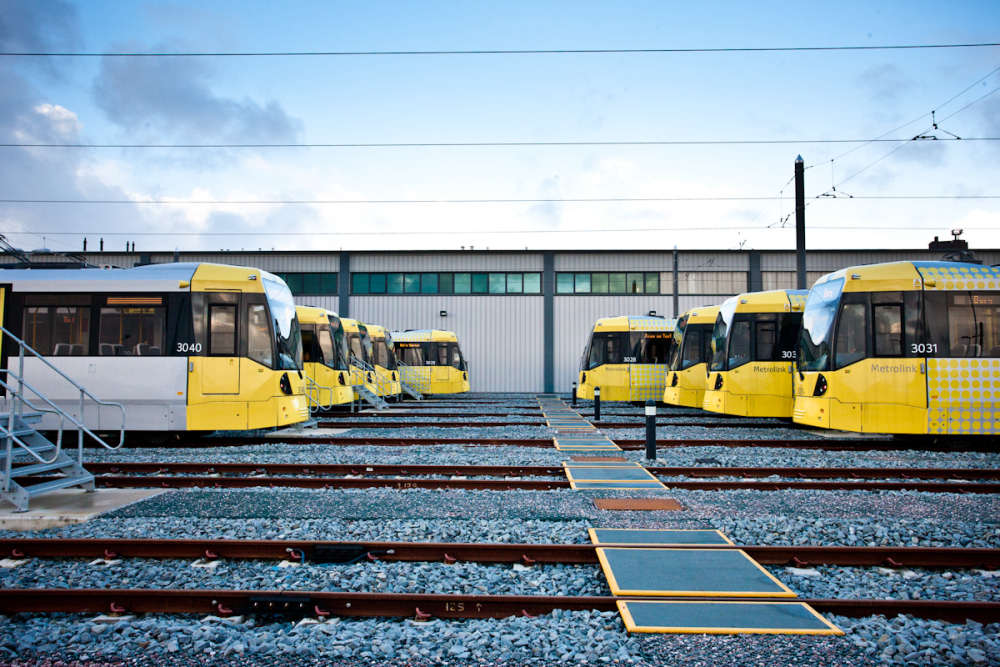
Crashes involving Metrolink trams and cars surged by 30 per cent last year, new data shows.
There were 51 collisions between trams and cars on Greater Manchester’s roads in 2024, almost one a week, a freedom of information request revealed this week (April 2).
There were 39 incidents the year before, but 52 in 2022. During pandemic-hit years, when tram services were slashed, Transport for Greater Manchester (TfGM) recorded 39 crashes in 2021 and 33 in 2020.
TfGM bosses say ‘safety is an absolute priority for the Bee Network’, and believe ‘most collisions are due to motorists not paying attention’.
Ian Davies, interim Metrolink network director, said: “Safety is an absolute priority for the Bee Network and we work closely with the tram operator KeolisAmey Metrolink (KAM) to minimise the risk of collisions between trams and other vehicles.
“In most cases, collisions that do occur are due to motorists not paying attention and that’s why we have run several safety campaigns to remind motorists to remain vigilant when driving close to the tram network, particularly where the trams and cars share road space.”
One tram driver, speaking anonymously, concurred: “We’re in the hands of other road users. I would estimate that a good 99pc of accidents are not down to tram drivers.”
But the driver also claimed he’s felt pressure to keep to the schedule at the expense of a break.
He added: “There’s pressure from the control room, they’re trying to make sure everything’s running to time, because one tram being down affects other trams.
“Employing more drivers, so they have shorter shift times — that’s the only solution really.”
Lisa Cleminson, KAM’s service delivery director, countered the claim, saying ‘drivers always have appropriate rest periods’.
She explained: “At KAM, the safety of our passengers, employees, and other road users is our highest priority.
“Our tram drivers undergo extensive training to operate safely and are provided with regular rest breaks which fully comply with rail regulator guidelines.
“Our rostering and scheduling teams ensure drivers always have appropriate rest periods, including scheduled breaks on every shift, to maintain high safety and performance standards.”


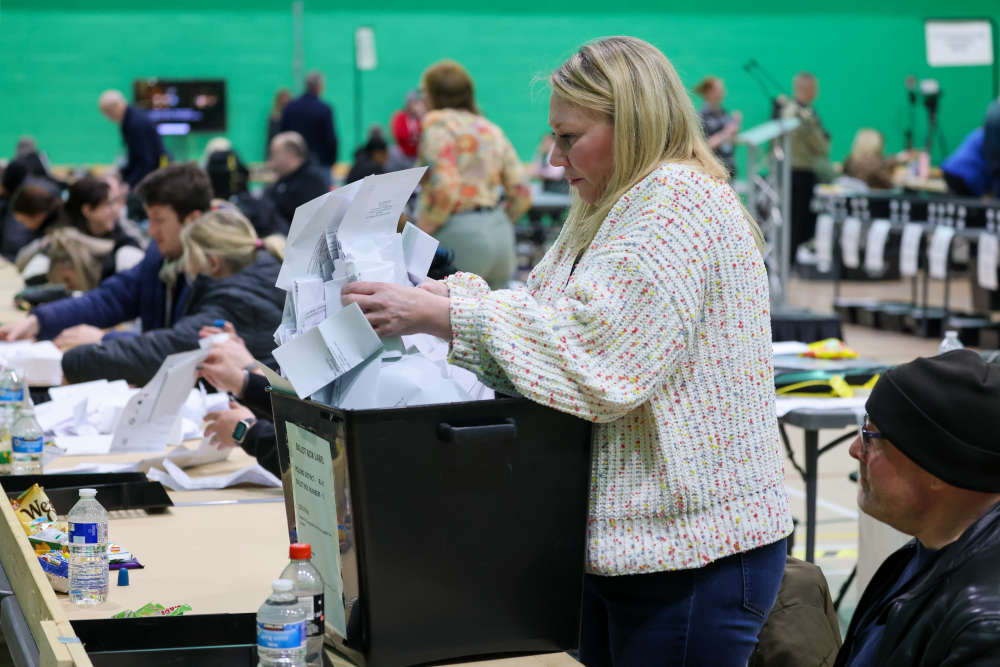 Candidates confirmed for Rochdale council by-election next month
Candidates confirmed for Rochdale council by-election next month
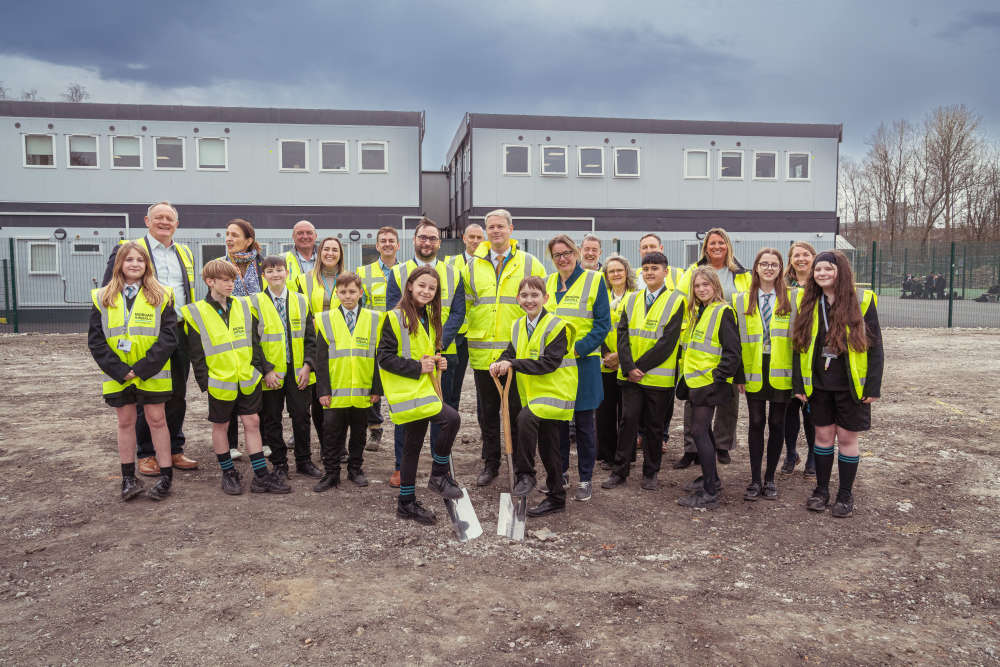 Groundbreaking marks start of work at landmark new Radcliffe school
Groundbreaking marks start of work at landmark new Radcliffe school
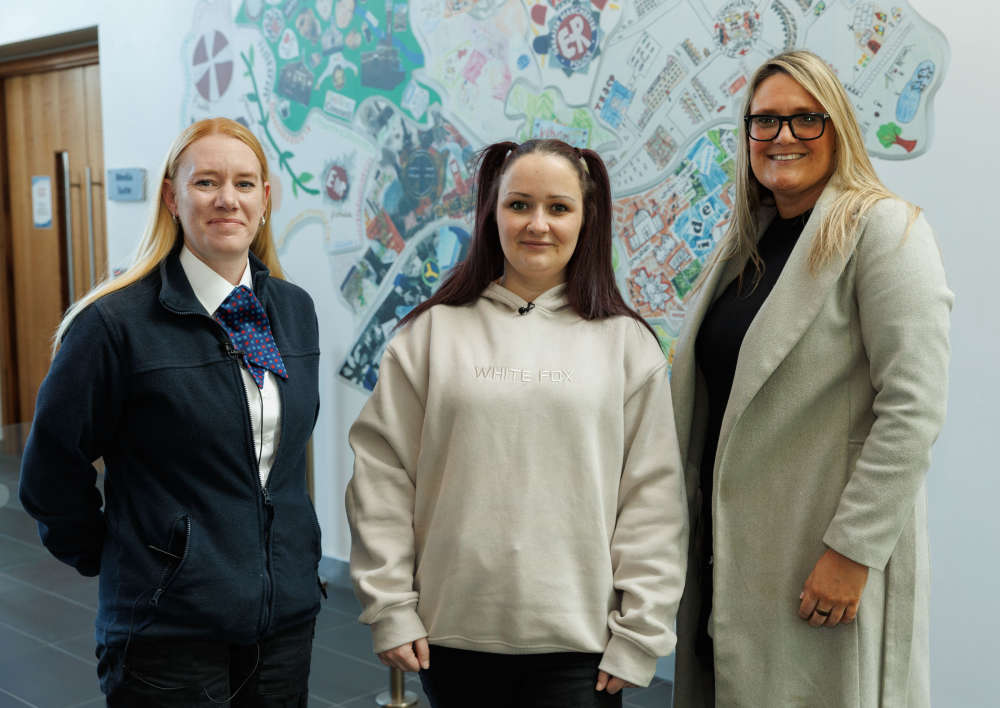 Domestic abuse survivor encourages other victims and survivors to report their experiences via Live Chat
Domestic abuse survivor encourages other victims and survivors to report their experiences via Live Chat
 ‘Little Billy don’t be silly, I trapping till I make a milly’ wannabe rapper jailed for drugs supply and exploitation
‘Little Billy don’t be silly, I trapping till I make a milly’ wannabe rapper jailed for drugs supply and exploitation
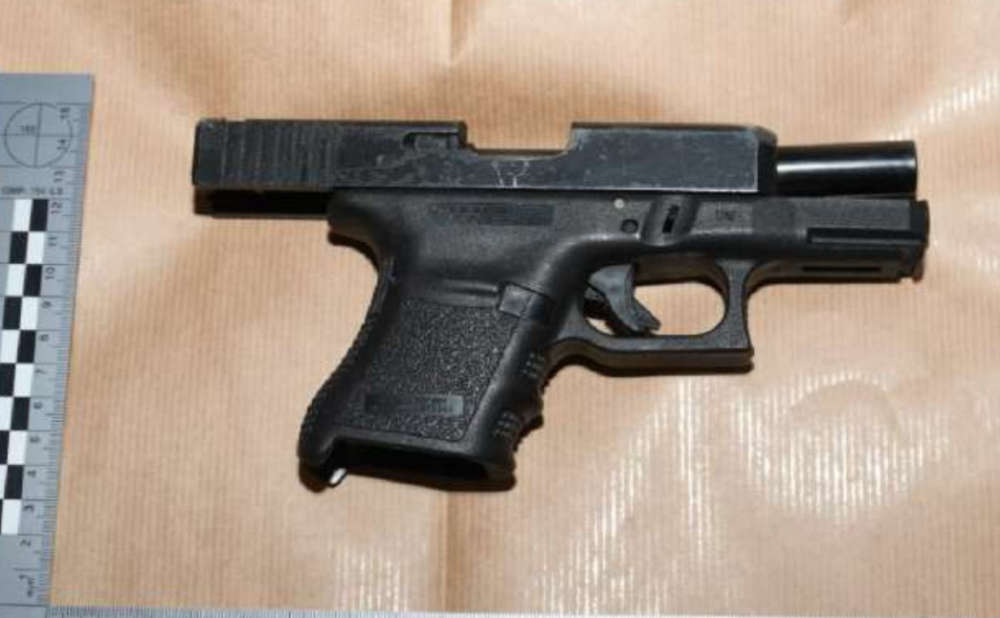 No chill from the old bill as rapping OCG jailed for over 40 years
No chill from the old bill as rapping OCG jailed for over 40 years
 Family pay tribute to Chadderton murder victim Paul Bowles
Family pay tribute to Chadderton murder victim Paul Bowles
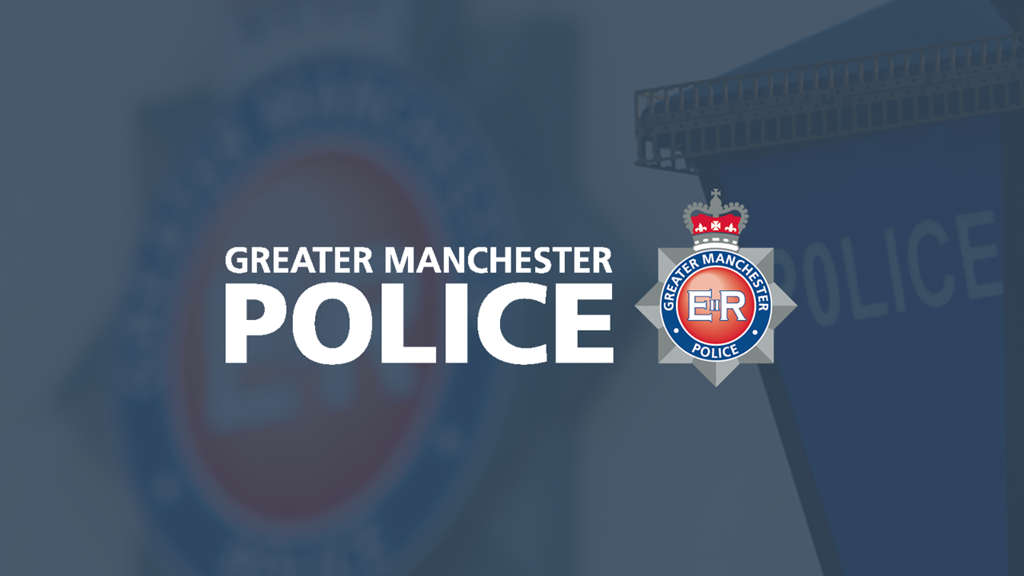 Man Charged with Murder following Fatal altercation at Elk Mill Roundabout
Man Charged with Murder following Fatal altercation at Elk Mill Roundabout
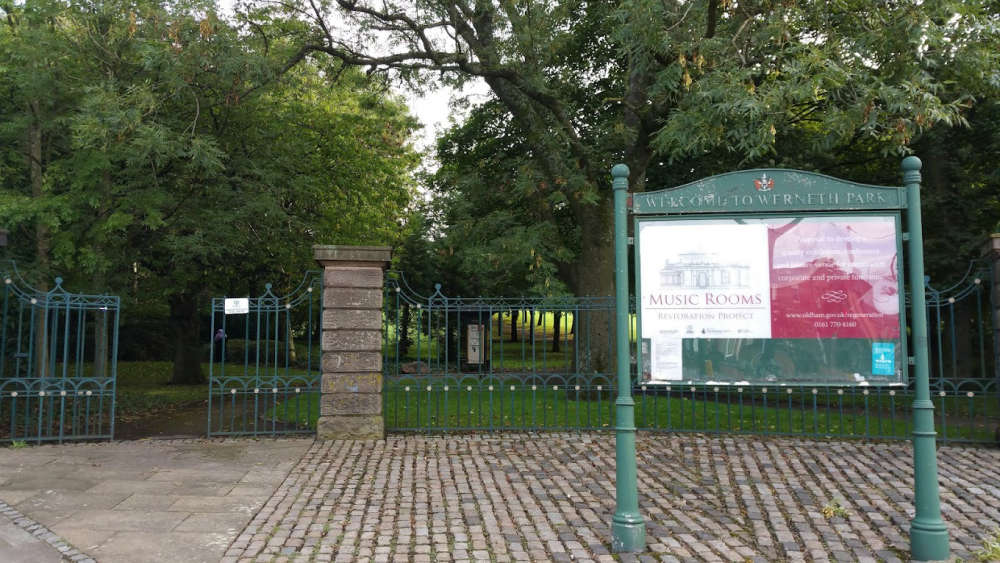 Mum and Baby Found Safe After Placenta Discovery in Oldham Park
Mum and Baby Found Safe After Placenta Discovery in Oldham Park


